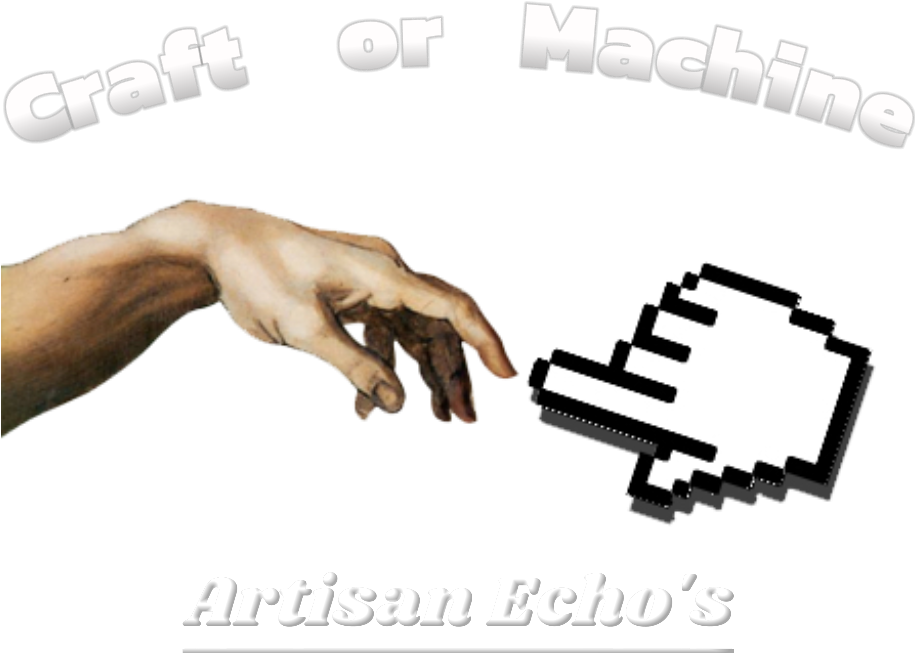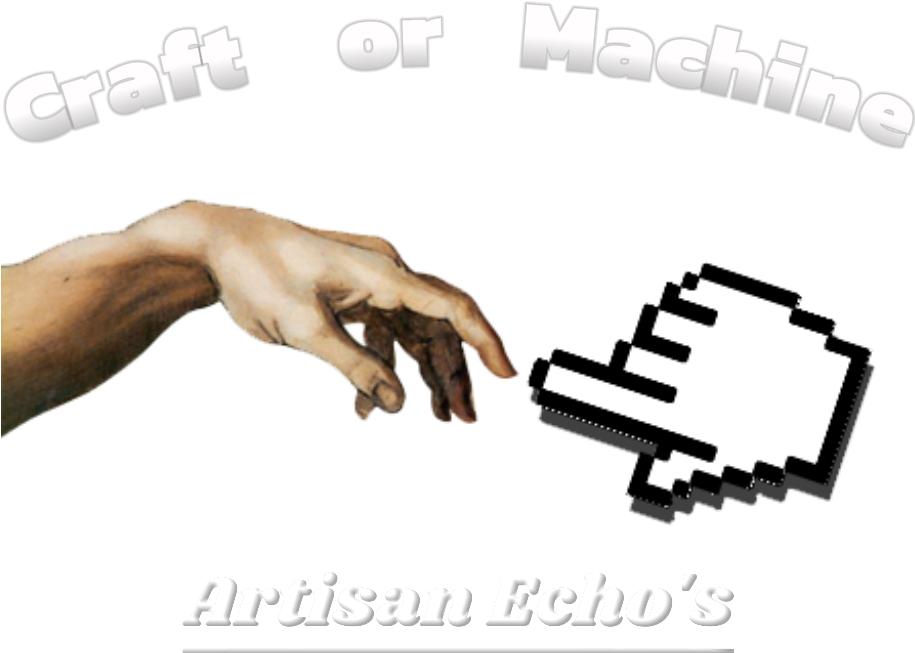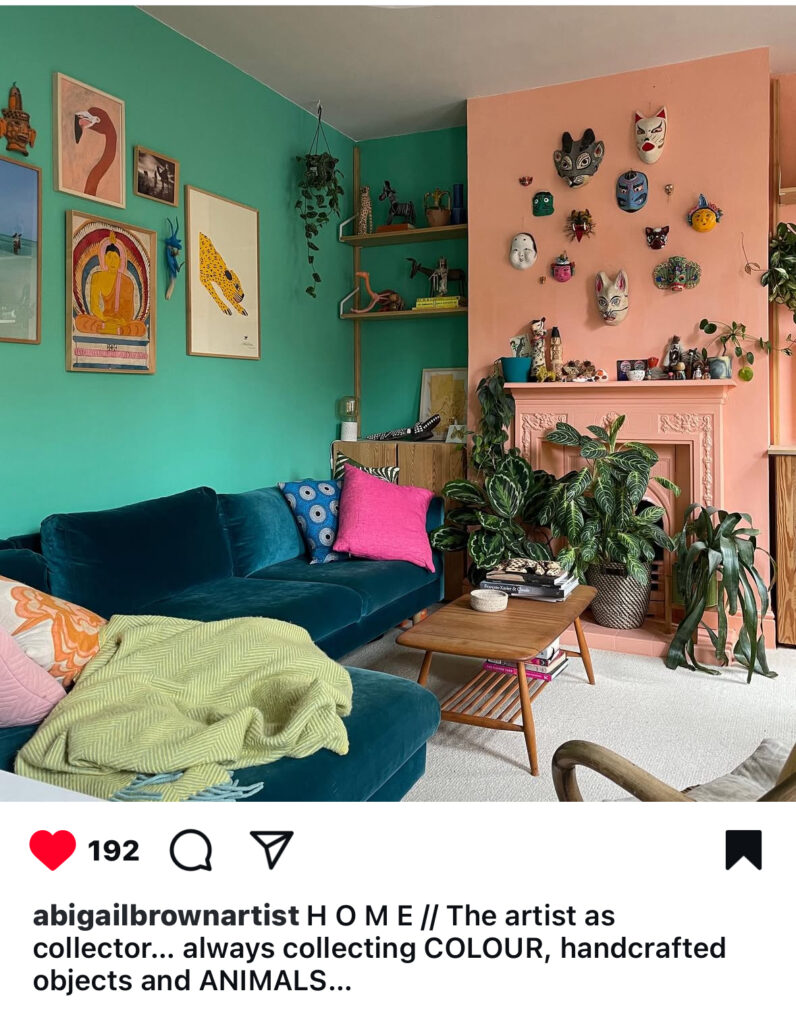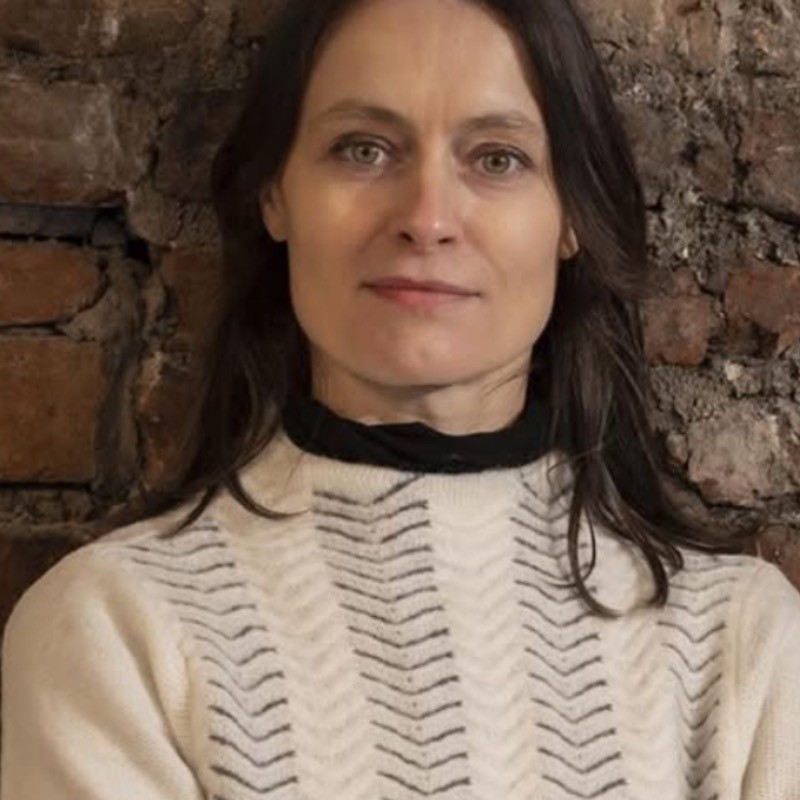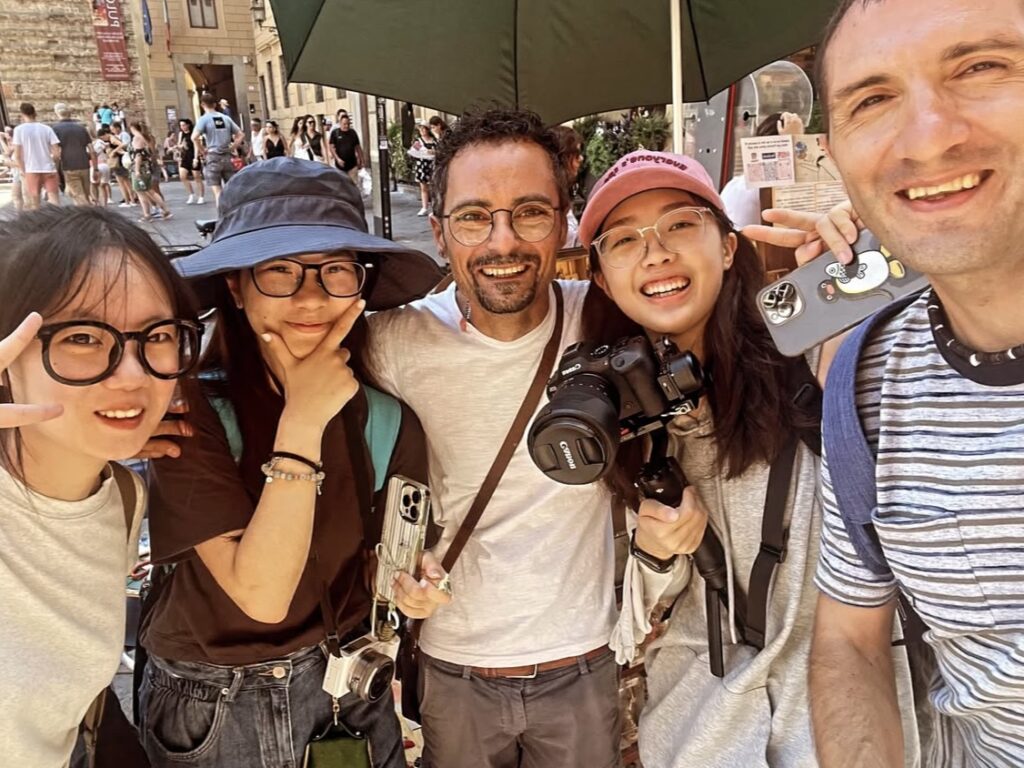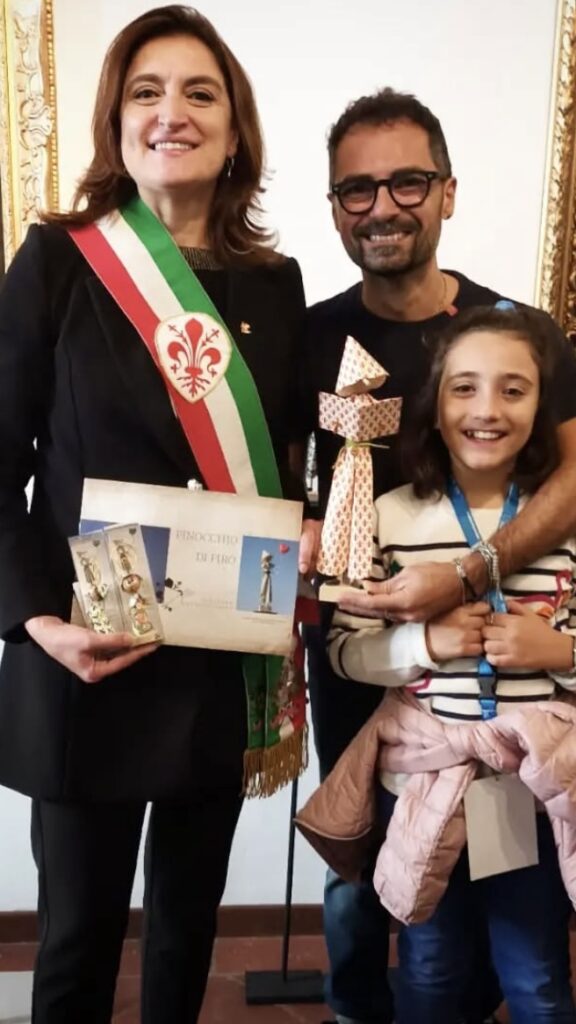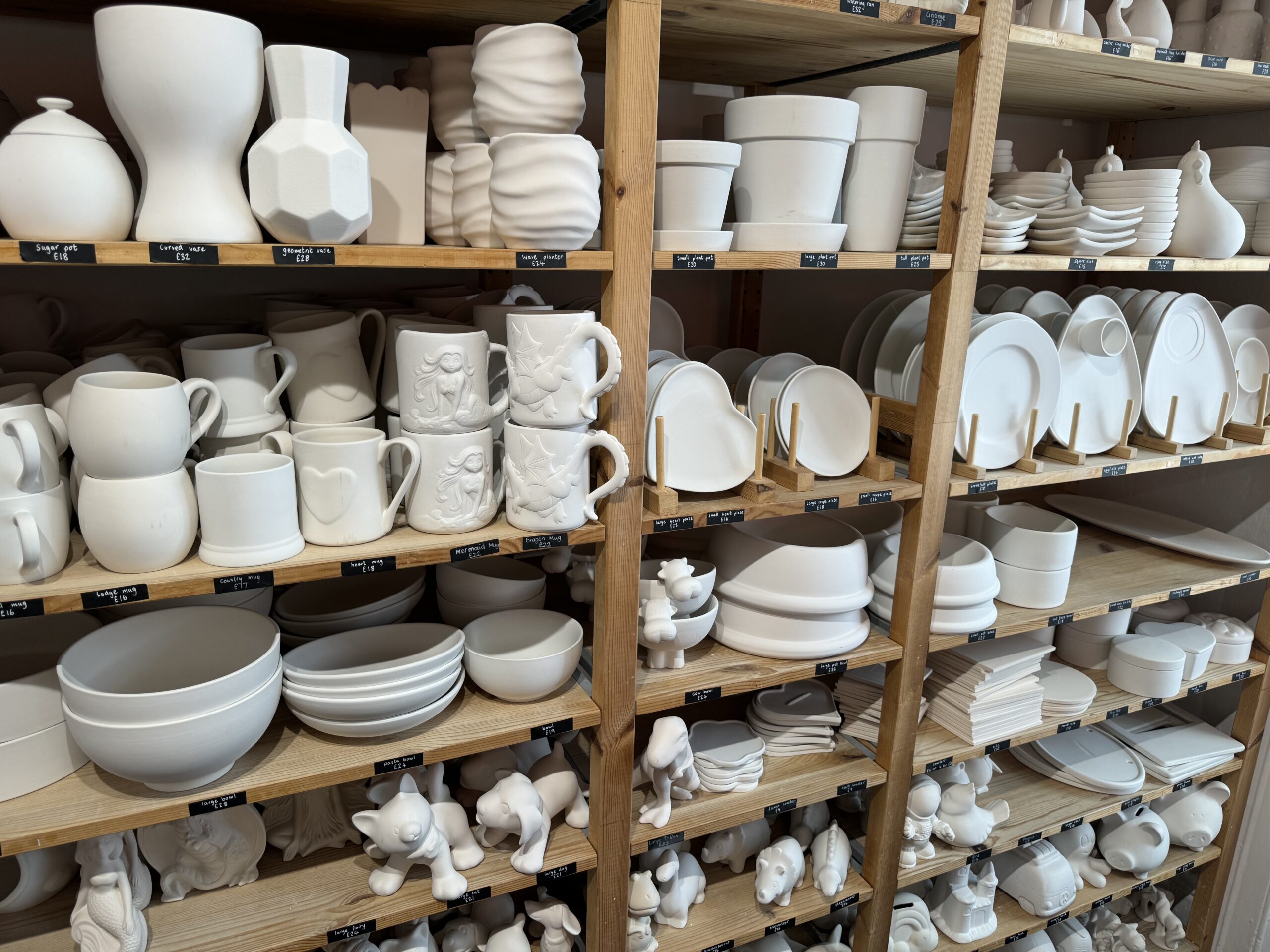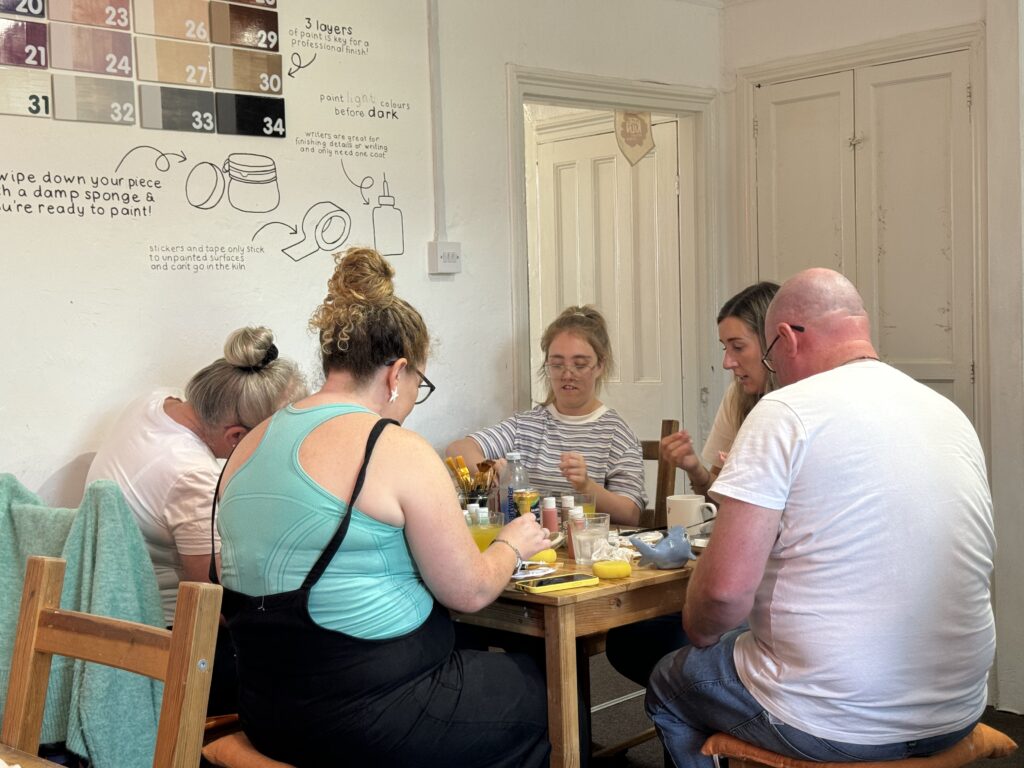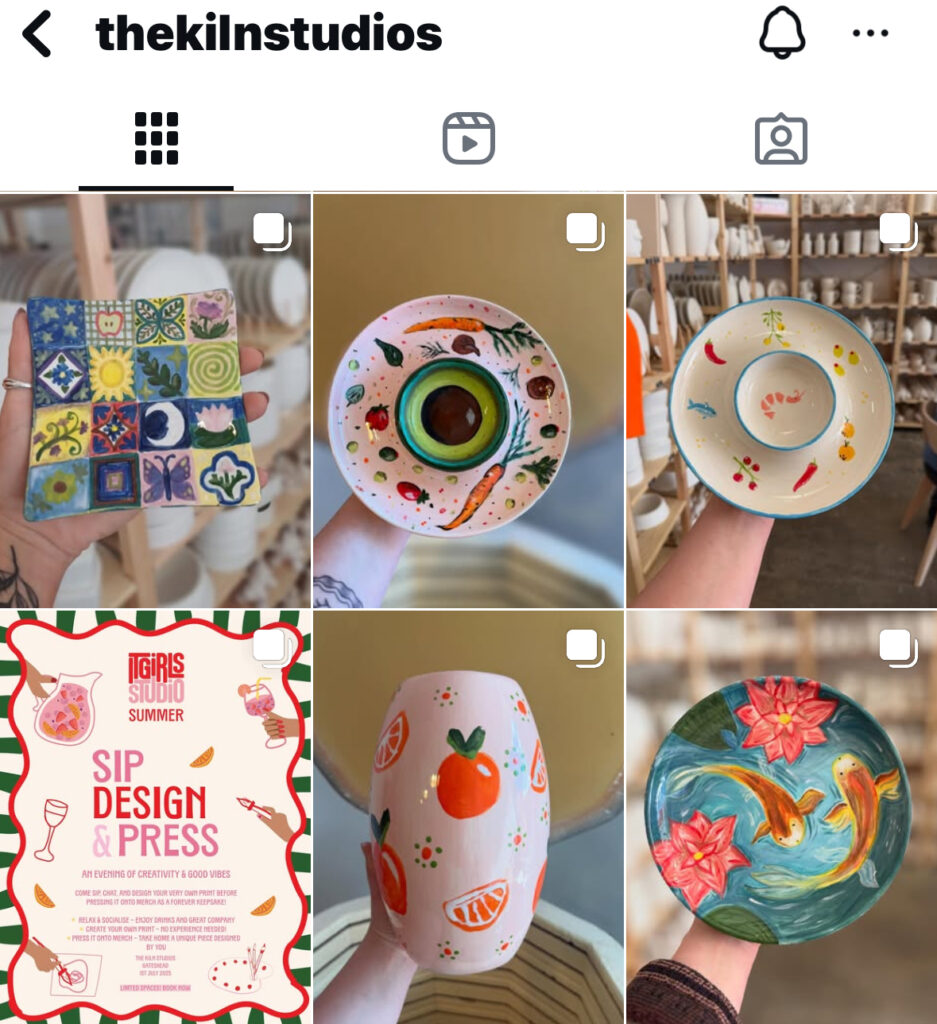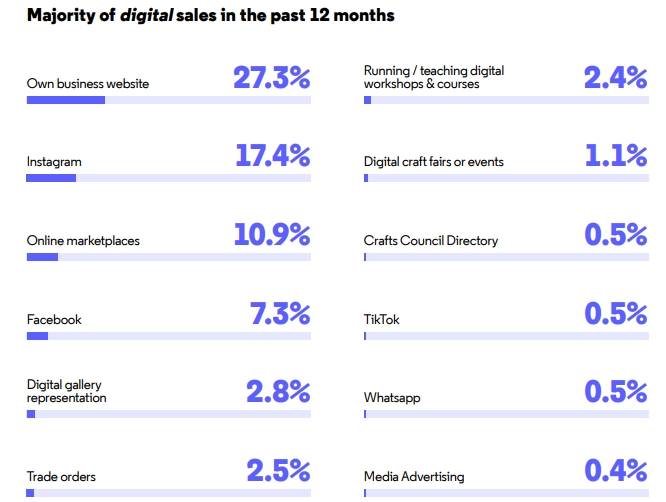On August 9, 2025, the Northeast Wool Show was held at Newcastle Racecourse.The show brought together wool product manufacturers, designers, and artisans from across the UK, showcasing a diverse range of wool products, from traditional hand-knitted to modern machine-made.
Consumer Profile: Female Dominance, Skewing to Older Ages
At the show, approximately 95% of visitors were female, primarily middle-aged and older, with only a few men accompanying their families in the café lounge area.
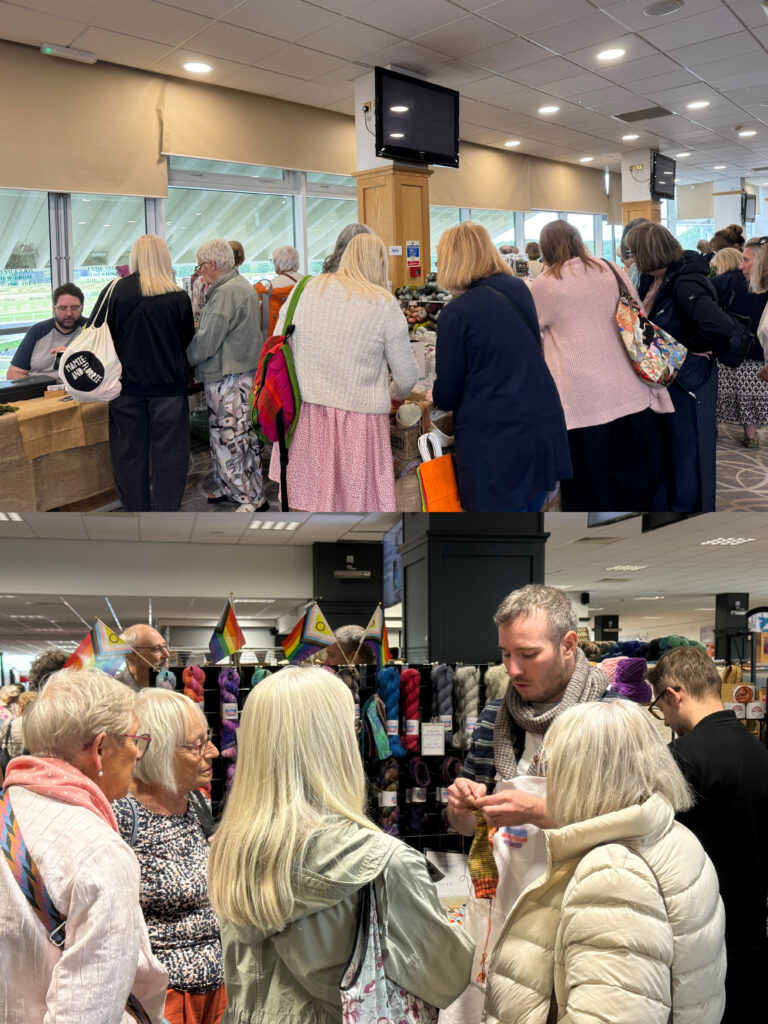
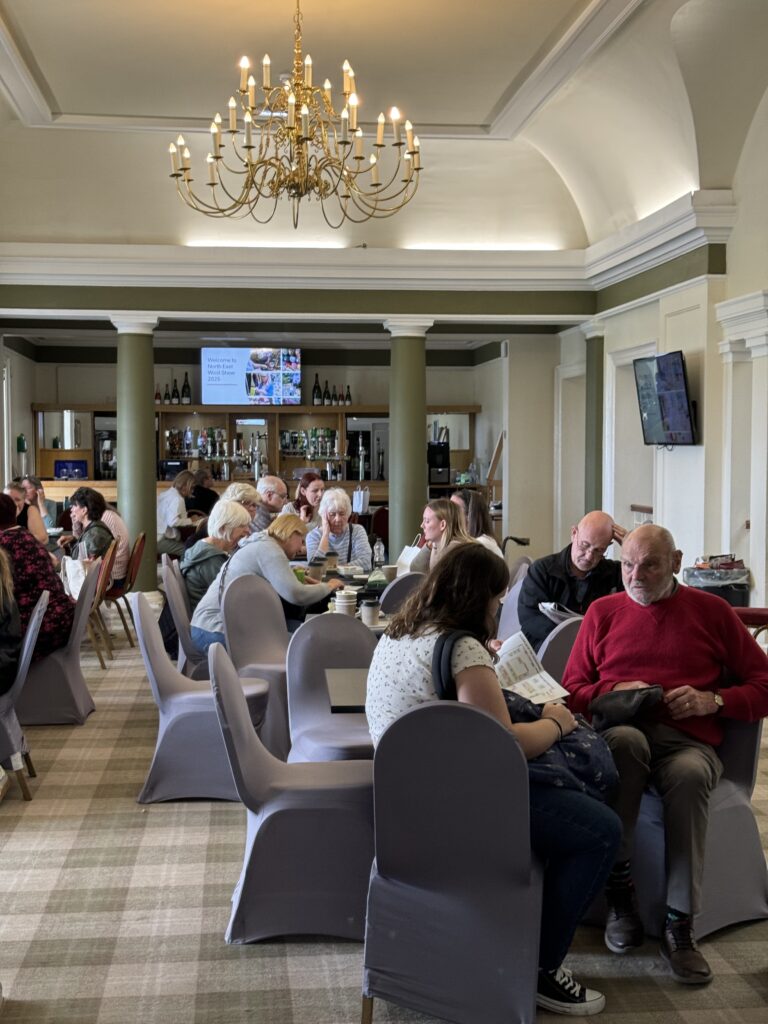
This phenomenon aligns with survey data from “Consumer Preferences in Hand-Knitted vs. Machine-Made Knitted Products,” which showed that 56% of respondents were female, and that consumers over 45 were significantly more interested in hand-knitted products than younger consumers (see page 2 of the document).

(Credit:Screenshot from Home Science Journal )

(Credit: Screenshot from Home Science Journal )
The Value Clash Between Handmade and Machine-Made Wool
The handmade wool stalls were always crowded. At the stall of craftsman Emma Carter, her hand-knitted sweaters and scarves attracted a great deal of attention.
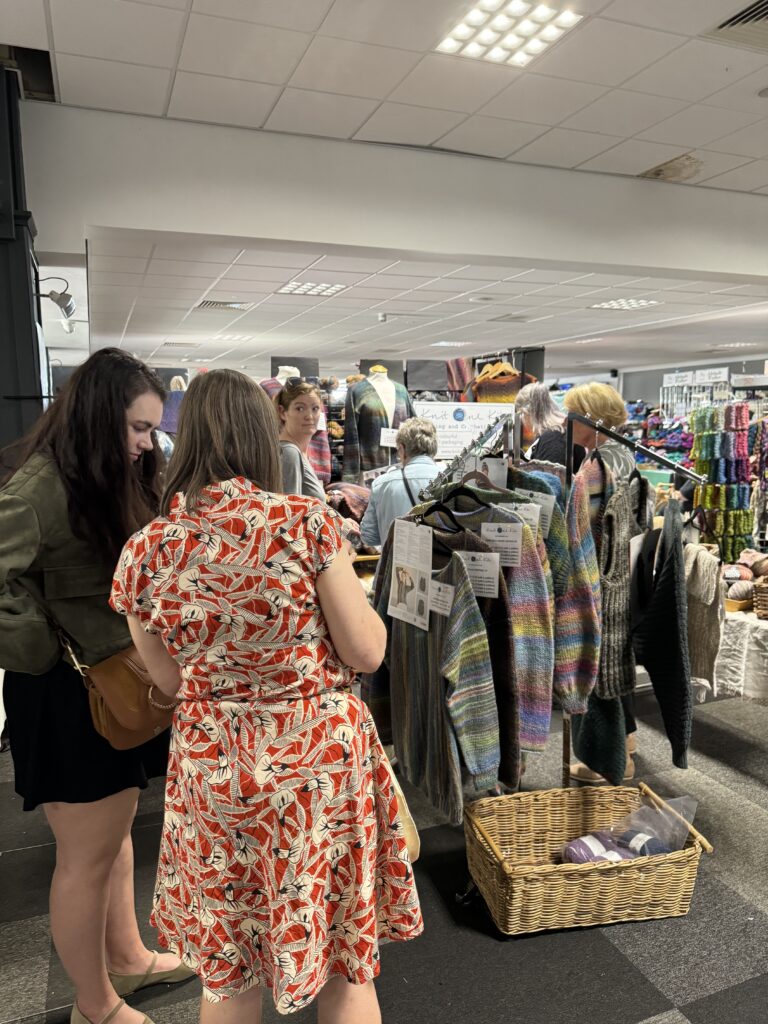
“Every stitch is painstakingly knitted, and customers can feel that uniqueness,” Emma told reporters.
She noted that despite the higher price of handmade products, many people are still willing to pay for the “uniqueness.”
According to the Consumer Preferences in Hand-Knitted vs. Machine-Made Products survey, 45% of consumers prefer handmade products.

Another key point of interest at the exhibition was the price difference. Machine-made wool postcards cost just £2.50, while handmade equivalents were as high as £14.99.

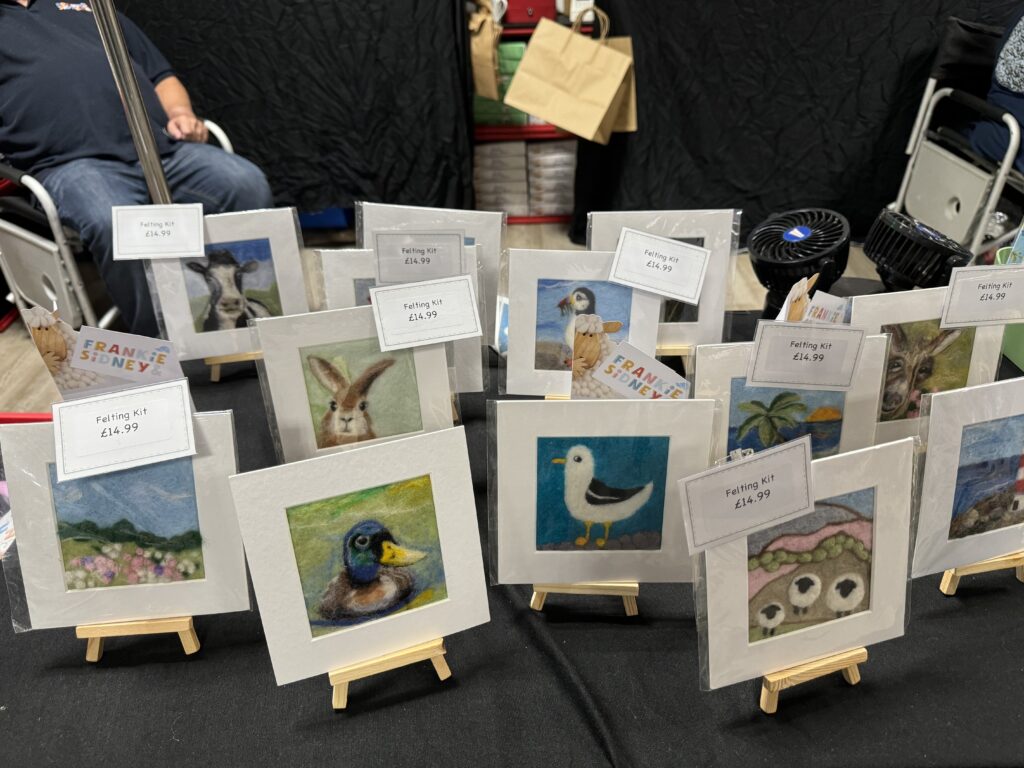
Similarly, hand-knitted cape typically costs around £60, while similar factory-made styles can be had for just £14.
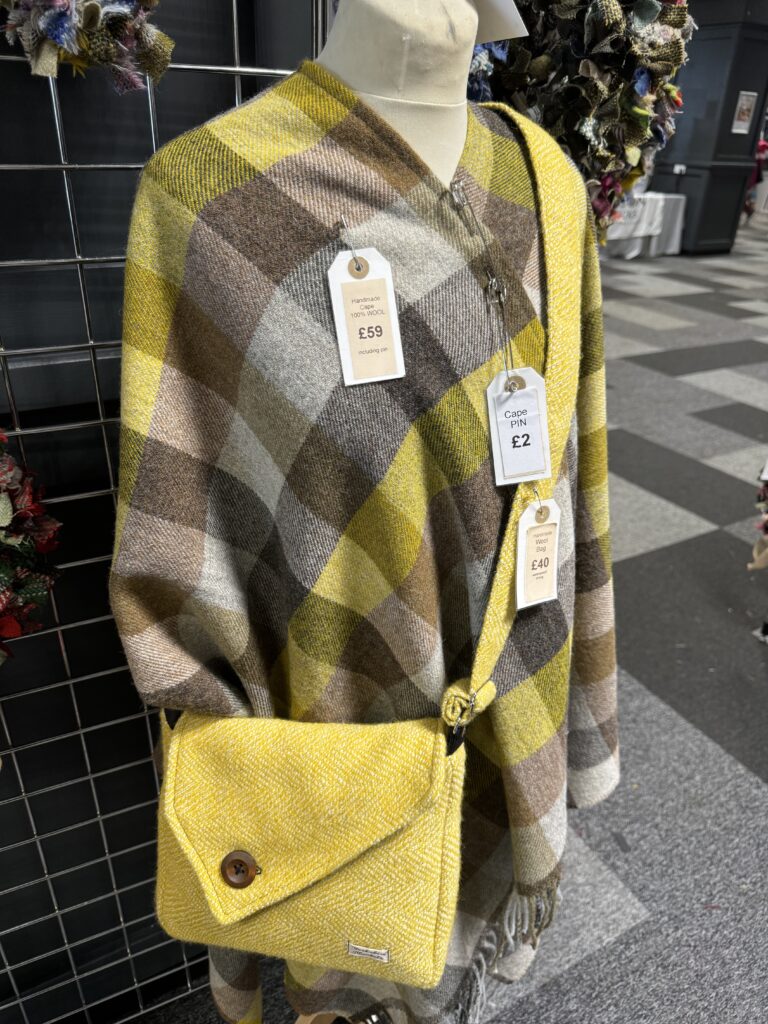
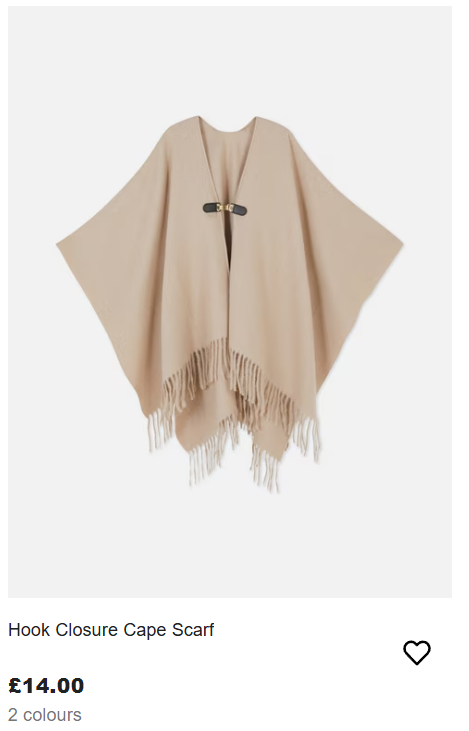
However, not all consumers are willing to pay the premium. Some prefer to purchase skeins of wool and knit their own yarn rather than buy ready-made items. The yarn sales area at the exhibition was extremely popular. The customer Lucy Harper said,
“Buying skeins and knitting your own yarn makes more sense. It saves money and you get to enjoy the craft.”
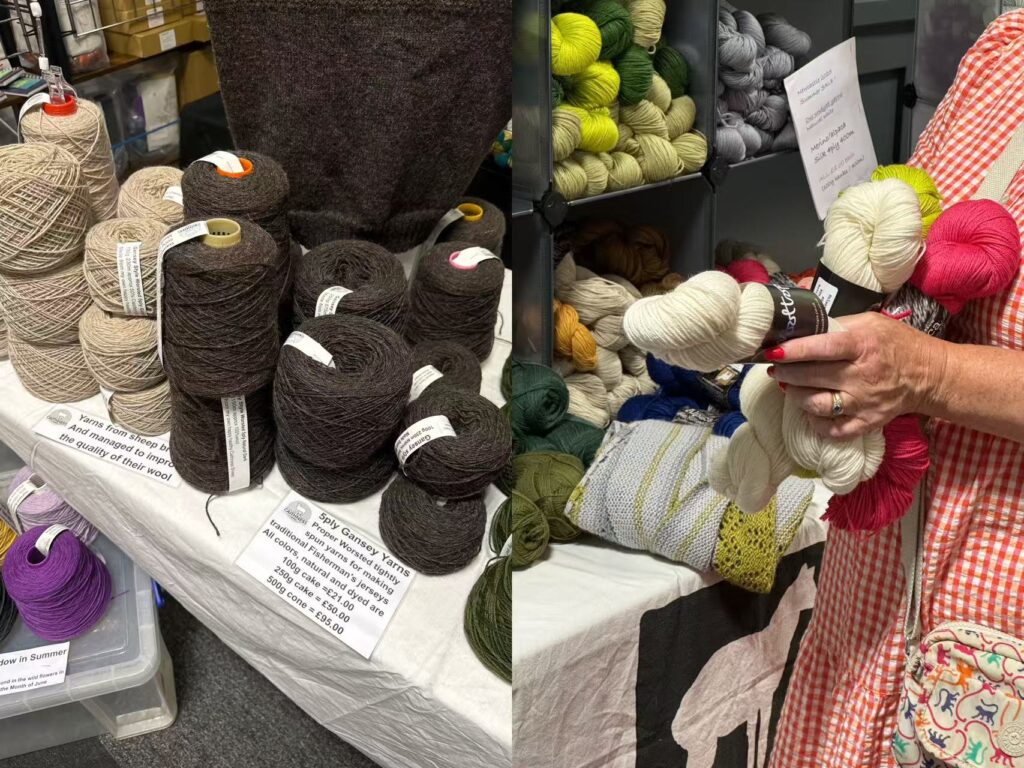
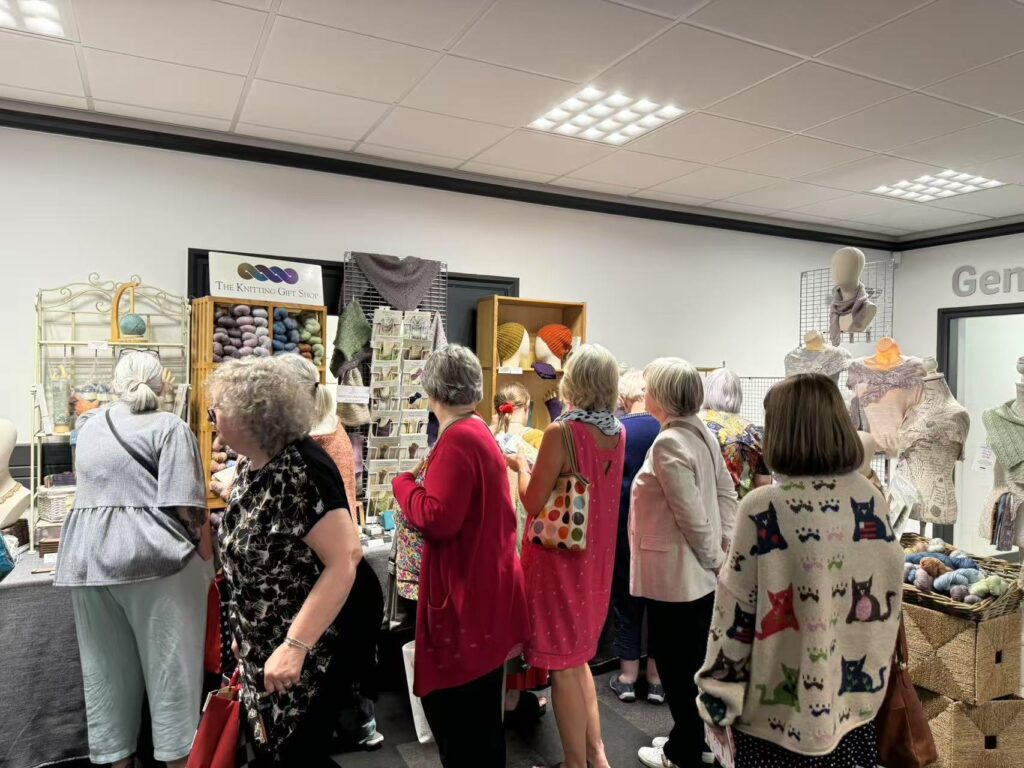
Market Trend: The Fusion of Handcraft and Machine Production
Although handcraft and machine production may seem contradictory, some innovative initiatives at the exhibition demonstrate that the two can complement each other. Stallholders not only sold goods but also demonstrated their craftsmanship, with some using hand-knitting and others using machines.
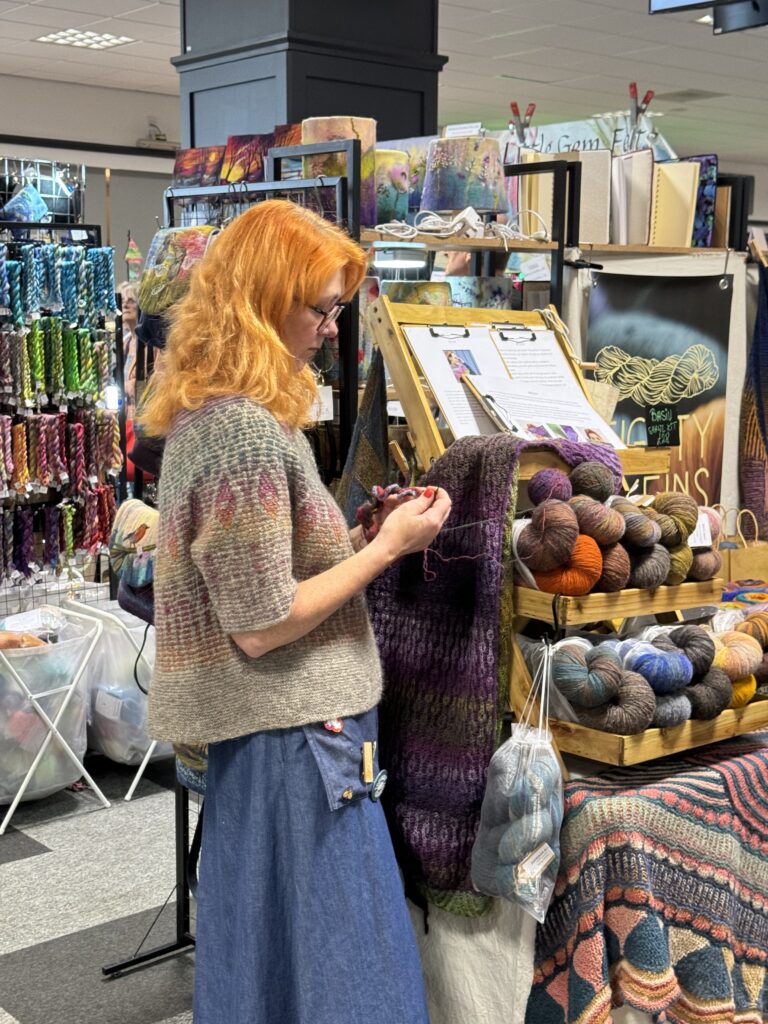

Survey data supports this view, with 30 percent of customers citing affordability as an influence on purchasing decisions.

This idea of combining handmade and machine was echoed by Dave Kirk, professor of human-computer interaction. In an interview, Dave stated,

“There are also interesting new material possibilities that can come from the infusion of digital technologies in traditional craft practices.”
He focus on the field of human-computer interaction(HCI), so his idea for the combination of handicraft and technology is :
“HCI can help us to think about how we can craft better artefacts by giving us structured ways of thinking about how to evaluate designs and therefore allowing us to iteratively develop better things.”
He gave us an example, which about his past work,
“For example, the ability to work with more advanced textiles, that have actuating properties (i.e. they can move in response to stimuli) or colour changing properties that can be triggered based on a variety of inputs.”
In his past work, he and his colleagues introduced a range of novel techniques to machine-sew and physically program actuating threads/wires, and were able to successfully machine sew interactive morphological capabilities into textiles. He stated that ,
“Through our research we explored the design of new craft materials such as shape and color changing thread that would respond to electric currents being passed through it.”
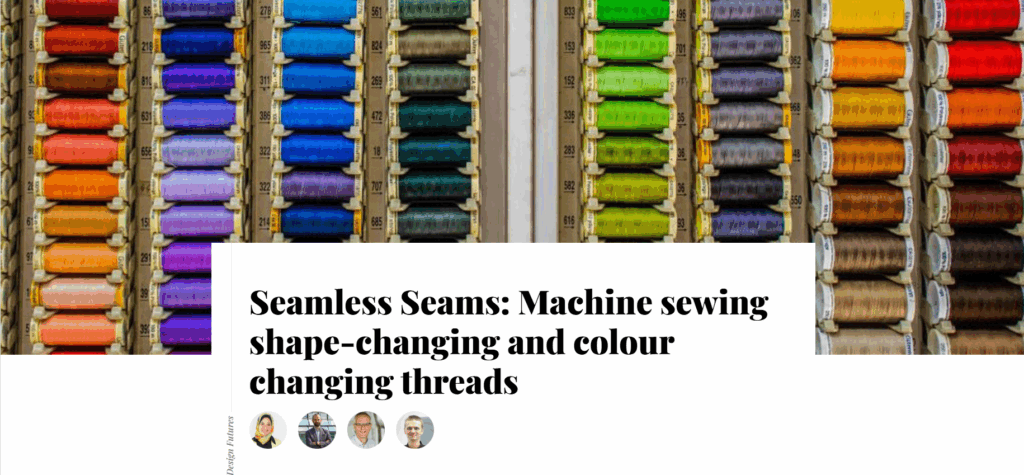
“And this came about through the creative exploration of materials for creating the new kinds of actuated textiles. The hope was always that people would take the ideas from our research and create new kinds of weird and wonderful textile artefacts that we couldn’t yet imagine. “Dave added.
In response to some people’s concerns about whether the value of handmade products will be diluted, Dave’s answer is,
“If anything, the introduction of technology gives rise to new creative collaboration possibilities.There will always also been a need for traditional hand crafting processes and the digital is unlikely to replace the value that is held in hand crafted items. There is just rich possibility to enhance it and develop it further.”
The Industry’s Future Behind the Data: Market Differentiation and Opportunities
The battle between handmade and machine-made wool at the show actually reflects structural changes within the entire wool industry. According to the “BW203 Wool Sales Report,” sales of new-season wool at auction in July 2025 reached 306 tons, while old-season wool reached 761 tons .This disparity not only reflects inventory depletion but also reveals the market’s preference for stable supply.
However, the report also notes that specialty wool varieties such as organic wool and rare wool types (such as Swaledale and Blackface) perform well at auction, fetching prices 5%-15% higher than regular wool, indicating growing demand for differentiated products in the high-end market.
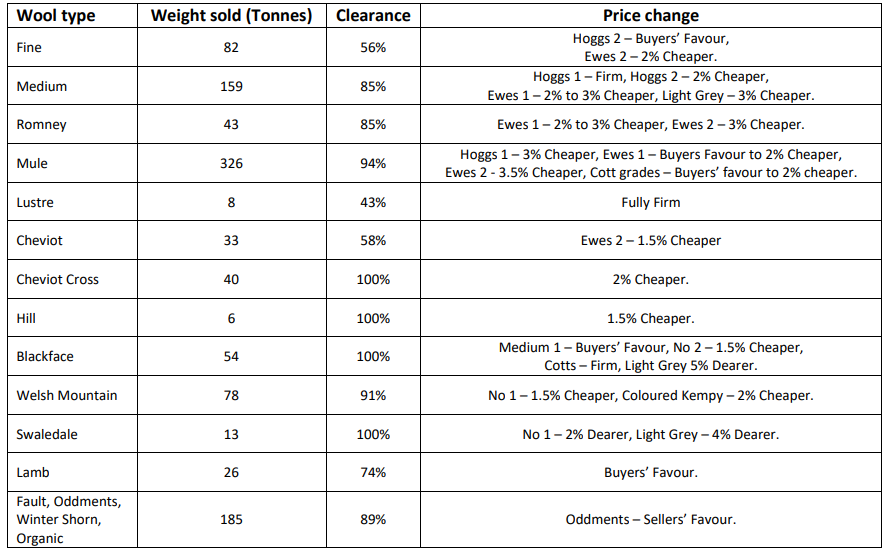
(Credit: Screenshot from British Wool )
The British Wool Association’s “Annual Report 2024” further confirms this trend. The report shows that while machine production still dominates, handmade and specialty wool products are becoming new growth drivers for the industry.
Currently, 52% of wool products are sold under license , indicating that branding, traceability, and craftsmanship are becoming key factors in consumer decision-making.
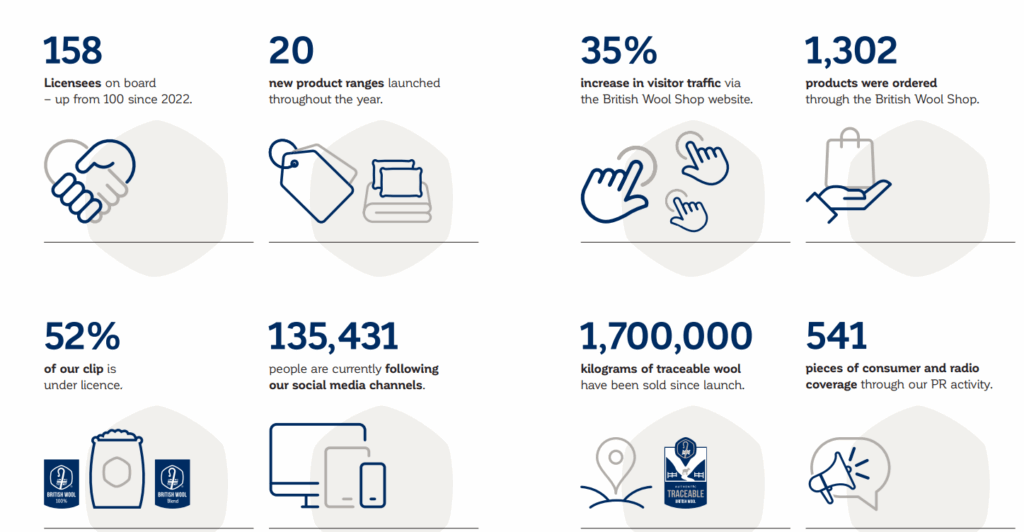
The association highlighted the launch of 20 new product ranges throughout the year. Demand for British wool is rising among small, independent brands and designers, who often emphasize “slow fashion” and “crafting spirit,” echoing the handmade stalls at the show.
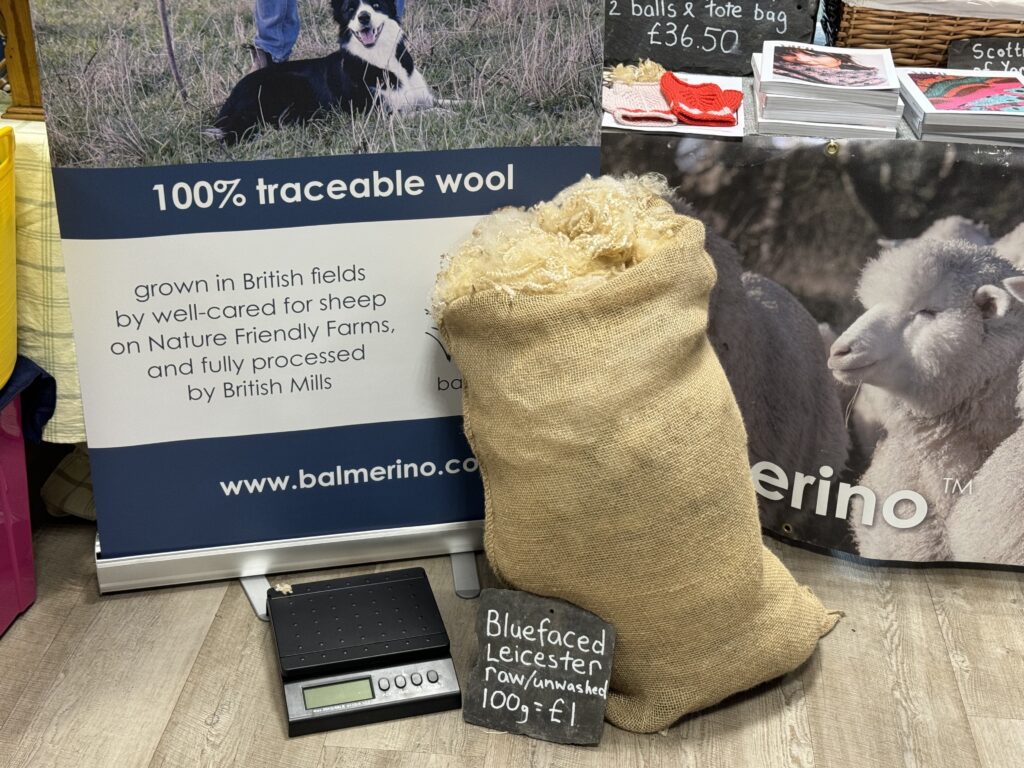
Furthermore, the association’s “Traceable Wool Scheme” has covered 1.7 million kilograms of wool .
“Wool Traceability” poster at the show (Credit: Yuting Guo)
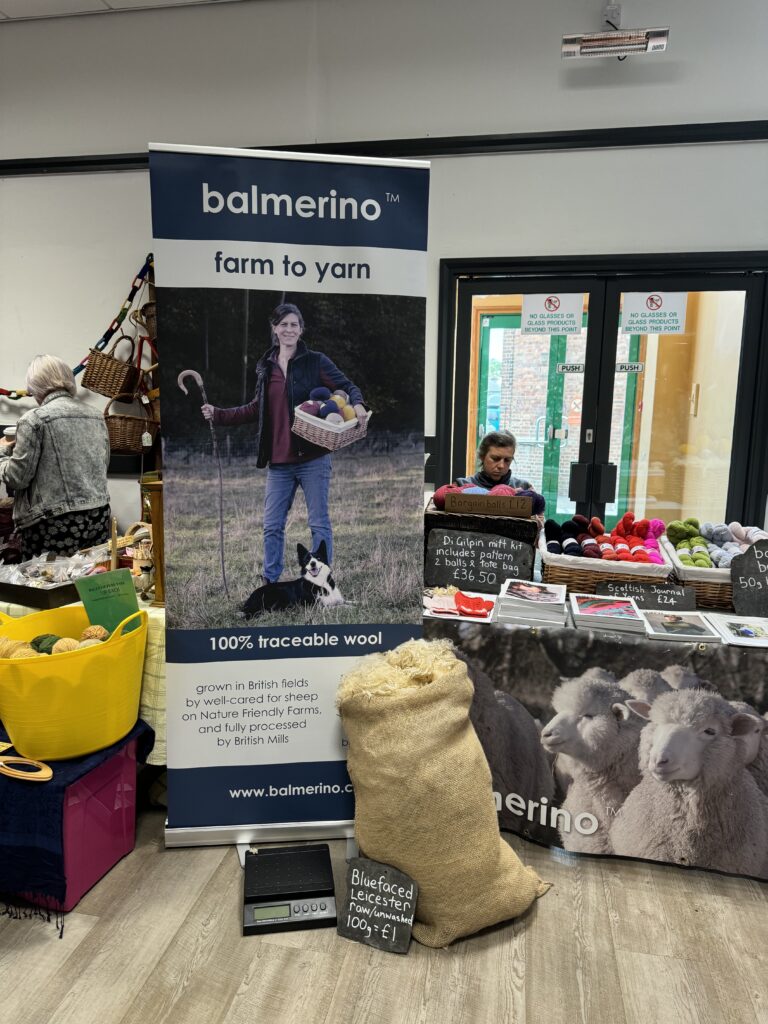
This transparent production model perfectly meets the contemporary consumer’s pursuit of sustainable and ethical consumption, as evidenced by the Wool Show’s customers’ desire to “know where the wool comes from.”
This market differentiation has brought new opportunities to the industry: machine production continues to serve the mass market, ensuring basic supply and price stability; while handmade and specialty products attract high-end consumers through differentiation, storytelling and sustainability.
Conclusion: The Symbiosis of Tradition and Modernity
The Newcastle Northeast Wool Show is not only a product showcase but also a discussion about the future of handicrafts. In the machine age, the uniqueness and emotional value of handmade products are irreplaceable, and technological advances have injected new vitality into the industry.
As Professor Dave said,
“Each will develop separately as well, as there is always innovation in hand crafting processes, but the opportunities for evolution of digital skills and materials will mean that there is a rich opportunity for co-evolution”
The show will close this weekend, but the discussion about machines and handcrafts has clearly only just begun.

About The Interviewee
Professor of Human-Centred Design |
Director of @OpenLab_Ncl and @digi_citizens |
HCI + Socio-Digital Futures |@UniofNewcastle
This website is produced by journalism students. The views expressed on the site are not that of Newcastle University. They are the personal views of the student editors and contributors to this website. Seek professional advice for any health-related matter. Every effort is made to ensure that information contained on this website is accurate and up-to-date. However, information is subject to change and we can not accept liability for the accuracy of all the information presented at any given time. We do occasionally provide links from our website to information from third parties. We accept no responsibility for information obtained through such links.
